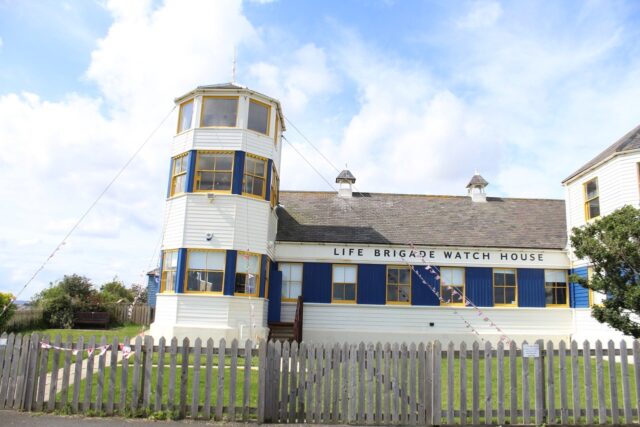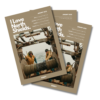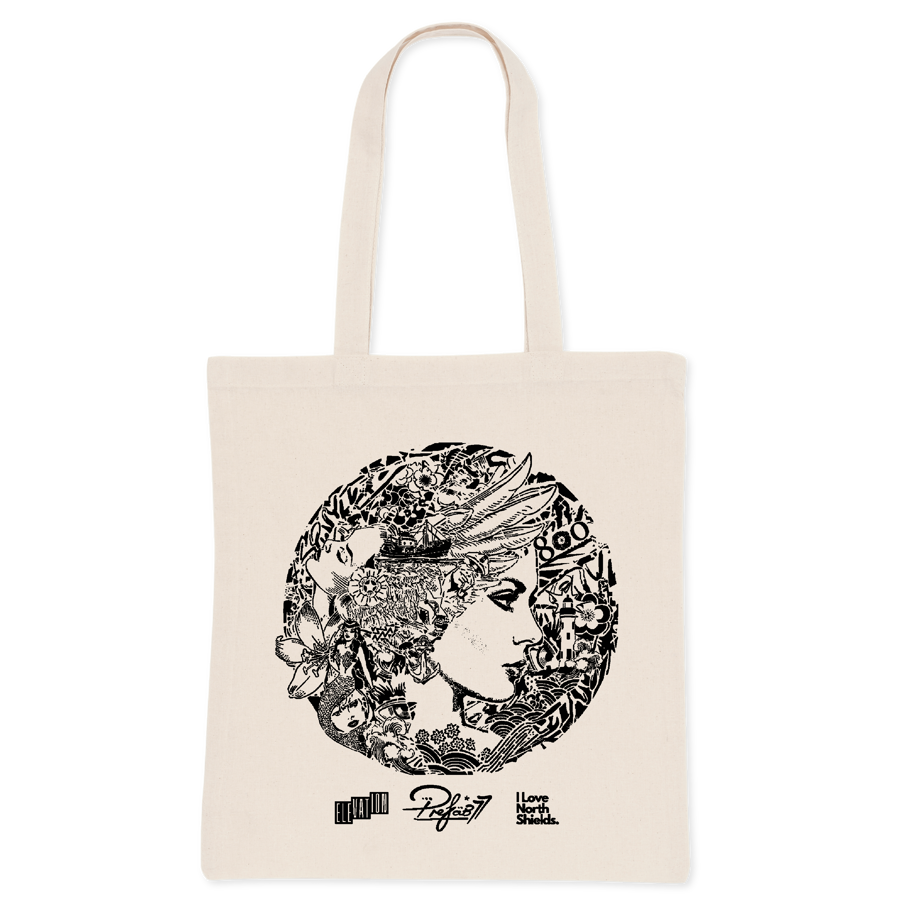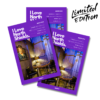By Carol Davison
When I was invited to take a look around the TVLB Watch House Museum, I must admit, I wasn’t expecting much more than a man cave with some model boats and a scattering of dusty old maritime photographs. I couldn’t have been more wrong. It’s an absolute treasure of a place and easy to see why it’s been ranked number one in Trip Advisor’s list of things to do in Tynemouth – keeping Tynemouth Priory from the top spot.
The TVLB was established in 1864, after vessels ‘Friendship’ and ‘Stanley’ were wrecked on the Black Middens with thirty-four lives lost, despite being only one hundred yards from the shore. Captain John Morrison, who had watched the tragedies unfold, realised that if the Coastguard had had a trained body of men to assist, more lives could have been saved. With the help of local dignitaries, he arranged a meeting at North Shields town hall, and it was there that the first ever volunteer life brigade was established. Over one hundred men volunteered that first night and by the time the organisation was up and running in February 1865, there were one hundred and fifty volunteers. The TVLB’s courageous work continues to this day and its nineteen volunteers, now with women amongst them, still use the Watch House as an operational base. Today, they assist the emergency services with coastal search and rescue, which can include helping the police search for missing or vulnerable people. They also work alongside the RNLI, concentrating on shore- based rescue, which includes negotiating the hazardous cliffs and rocks along the coastline. The dramatic history of the TVLB and many of its heroic rescues are told through a treasure trove of artefacts located throughout the beautifully restored wooden Watch House building. The vast main hall is packed with exhibits from floor to ceiling and houses a ¾ size version of the breeches buoy rescue equipment, which I saw demonstrated during my visit. There are photographs of incredible rescues on the walls, cases full of items recovered from wrecked ships, paintings and historic documents. My favourite items were the figureheads from some of the wrecks – real works of art. They were dotted all around the museum – in the stairwells, on the walls and in the corners of the ceiling. The museum has made the exhibits accessible for children too and there are activities to keep them entertained, such as spelling their name out with semaphore flags and on the morse code machine, and, of course, there are plenty of buttons to push! In addition to the heart of the museum, visitors can go up the two towers located at either side of the building. The North tower covers two floors, and the South tower covers three floors, each packed with even more exhibits. The outstanding feature of both towers are the stunning views, particularly from the top of the South tower which gives almost 360-degree views – worth a visit in itself. This year, the museum has recruited fifteen volunteer guides who are well clued up on the history of the organisation and much more besides. During my visit, the guides treated me to some incredible tales of rescue, in addition to local history and the odd ghost story! Dave pulled my leg telling a very entertaining tale about a rescue aboard the crew room’s snooker table – which I fell for hook, line and sinker. I was rewarded by being shown the secret beneath the floorboards – something which I’ll keep to myself for now and let you discover for yourselves! www.tvlb.org
































